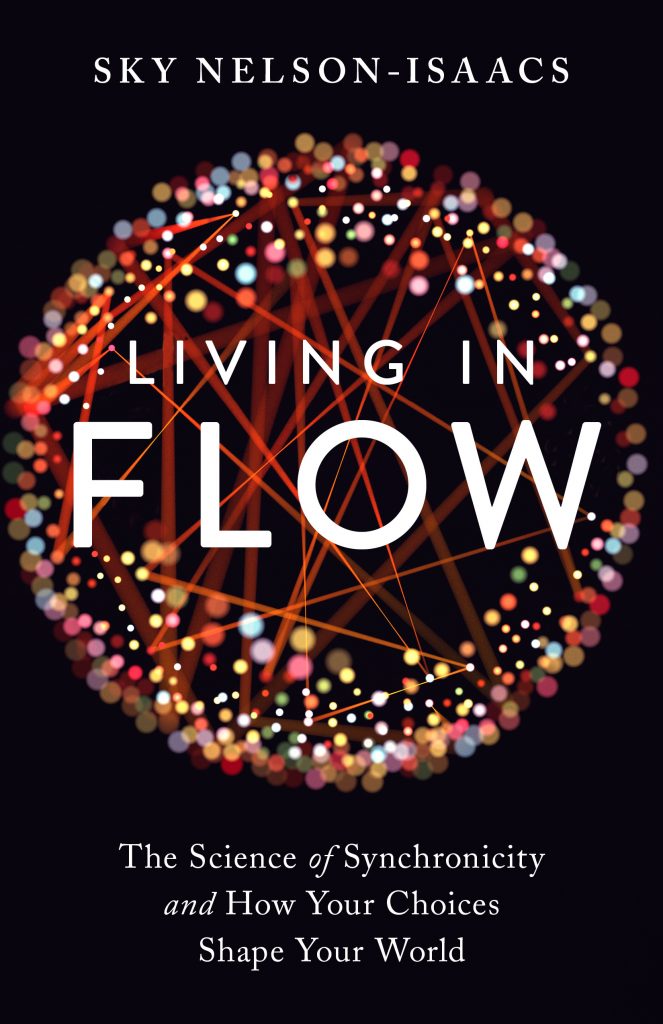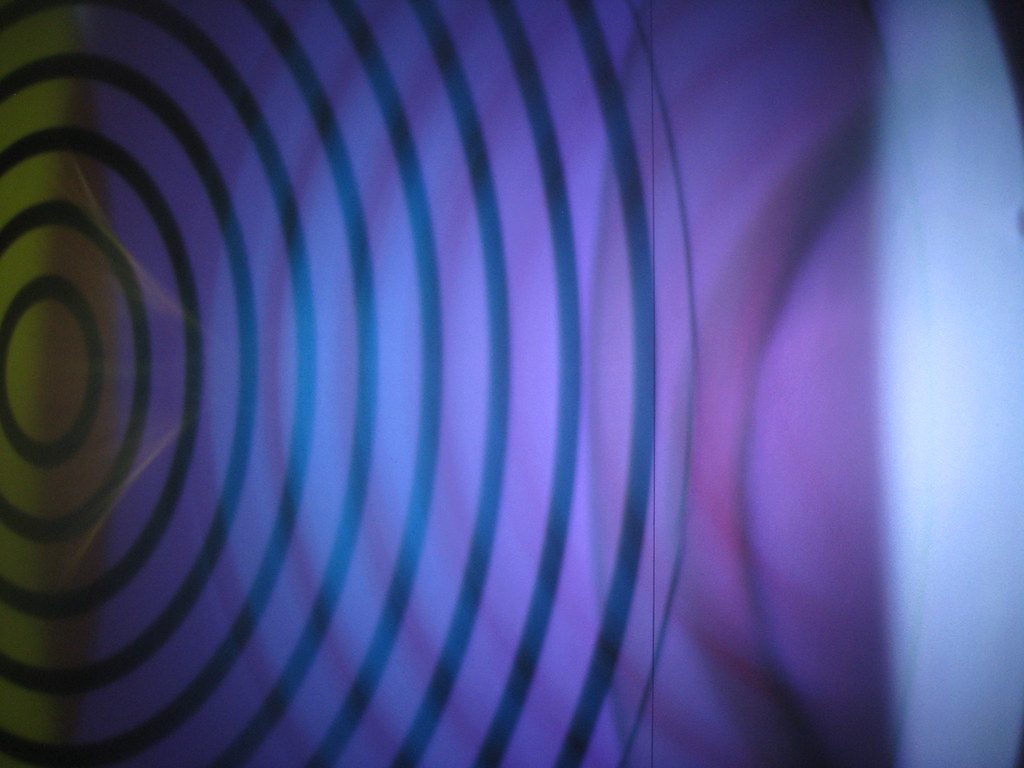Living In Flow
It’s late at night, and I’m in my bathing suit, headed to the hot tub. I am with a team of people who have come together at a rural retreat center to design a mobile phone app over the course of a weekend. A friend intercepts me in the middle of a courtyard to tell me the hot tub has an “out of order” sign on it, and I moan with disappointment. A complete stranger is standing nearby in the dark, presumably a guest from one of the other groups sharing the retreat center with us. He overhears our conversation about the hot tub and suggests I should come join his meeting. They are having social time and would enjoy the company. It’s an unexpected and unusual offer, so I am intrigued. I debate the situation internally a bit before deciding to do it. I change out of my bathing suit and head to the social hall.
 I chat with a number of folks sitting in a loose circle, sharing information about my research into flow and synchronicity, and enjoying myself. At the end of the night, only a few of us are still awake, and I find myself talking to a man named Michael. From what others have told me, he is sort of the patriarch of this group. As we talk, he becomes interested in my research and tells me he has a background in physics. He mentions the possibility that I could come speak for a professional association he is part of. We finally head to our cabins for bed, and I find myself very glad for the redirection away from the hot tub and into a very interesting evening.
I chat with a number of folks sitting in a loose circle, sharing information about my research into flow and synchronicity, and enjoying myself. At the end of the night, only a few of us are still awake, and I find myself talking to a man named Michael. From what others have told me, he is sort of the patriarch of this group. As we talk, he becomes interested in my research and tells me he has a background in physics. He mentions the possibility that I could come speak for a professional association he is part of. We finally head to our cabins for bed, and I find myself very glad for the redirection away from the hot tub and into a very interesting evening.
A month later my good friend Janet from the National Speakers Association calls me from out of the blue. It turns out she and Michael are both on the board of a professional consultants association, and they need a substitute speaker for the following month’s meeting. A month after that I speak to their group, and it proves to be an important event on my own professional path.
How was I to know that a broken hot tub would lead to these valuable developments in my career?
The LORRAX Process
My experience with the hot tub reflects a pattern I think we can cultivate. Jaworski encourages us to listen to the nature of things that are unfolding and then to “create dreams, visions, and stories that we sense at our center want to happen.”51
To see this process more clearly, let’s break my experience down into the following steps: Listen, Open, Reflect, Release, Act, Repeat (X), or LORRAX. This cycle of steps can be useful in navigating quick, spontaneous decisions. It can apply equally well to long-term decisions extending over many months. The LORRAX process optimizes our likelihood of noticing synchronicity when it pops up unexpectedly. When we follow it, we are more likely to get into flow.
The process starts with listening. When a random stranger spoke up about switching gears to come socialize with his group, my normal state of mind would be to ignore this information. Who is this person? What do they have to do with me? I might naturally disregard his comment as irrelevant. The first step to getting into flow is to listen for exactly this type of unexpected information.
But useful information, by its nature, often conflicts with the status quo. If we only listened to information that matched our expectations, we wouldn’t learn anything new. Hence, in order to catch an unexpected opportunity, we may need to open our minds to what the information tells us. Listening isn’t enough if we have automatic reactions that keep us from digesting new facts. The idea of changing back into my clothes and being extroverted was totally different from the relaxing experience I had expected to have. Instead, I wanted to go back to my room and quietly read a book. Yet I decided to remain open and think to myself, maybe…
The next steps are to reflect on the situation and release expectations. While I changed my clothes, I was still undecided. I thought about how urgent the task of networking had become in my work. I knew from past experience that every opportunity to talk to people about my work was useful because it gave me practice at explaining what I was doing and sometimes even led to further opportunities. By reflecting on these factors I became more clear that it was a good idea to follow the opportunity.
In order to reflect with an open mind on the situation I had to release my attachment to what I wanted to do. While I did want to relax quietly in my room, even more than that I wanted to make new connections that would move my work forward. To follow that possibility, I had to let go of my momentary wish for comfort and surrender to the flow.
Finally I was ready to act. I put on my jacket and went to the social hall.
The purpose of the LORRAX process is to bring a balance of both receptivity and assertiveness to our decision-making process, or what I think of as a balance of feminine and masculine or yin and yang approaches. It is a dance of aligning with circumstances at the same time as we bring circumstances into alignment with us. We can’t just listen, and we can’t just act. Both are required.
The X in LORRAX is a reminder that life is an endless cycle of these steps. We are always at some place in the cycle. At any time we might be faced with surprising or disappointing information.
By listening, opening, reflecting, releasing, acting, and repeating over and over again, I was eventually led to meeting Michael and then to a speaking engagement a few months down the road.
Seeing obstacles from the right perspective and following the LORRAX process can help us get into the experience of flow. The transition from listening to opening to reflecting to acting may take place in a minute, an hour, a day, a week, a month, or longer. We can go through the process many times a day for small issues, and we might also have instances where the cycle unfolds over many years.
The cosmos is responsive, and we can be responsive too. In the old paradigm, too often our leaders in business or politics are dead set on their perspectives, so their actions don’t get into sync with the situation as it unfolds. When we barrel through obstacles or rigidly hold onto a perspective, we may do unintended damage along the way. Flow allows us to navigate obstacles in a manner that has the most synergy with everyone involved.
From Living in Flow by Sky Nelson-Isaacs, published by North Atlantic Books, copyright © 2019. Reprinted by permission of publisher.






